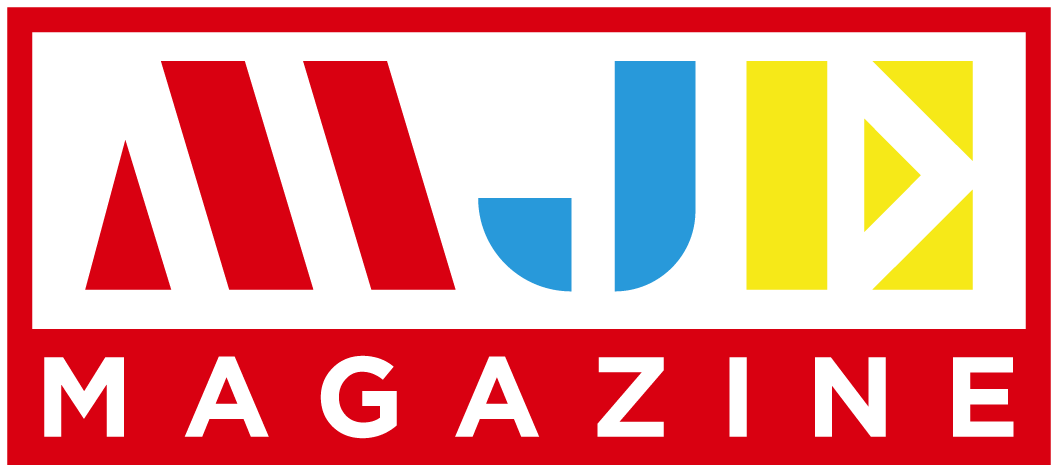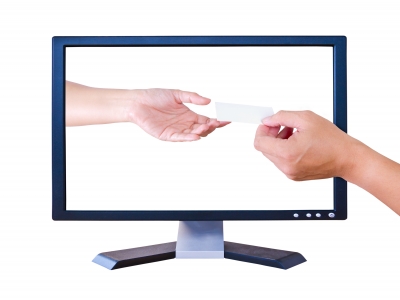Is it possible to utilize such an old marketing medium when referencing a website? If so, how could it be impactful? Your business card advertises your services, promotes your reputation and helps reinforce brand recognition. For a tiny piece of paper, it’s very powerful. Yet business cards have also been stuck in a rut, design wise, for some time. New business card designs push the envelope in ways that can help you stand out in a crowded marketplace and come across as cool, relevant and trendy in your business image. Given this, the perception generated by your card can either encourage people to go to your site, or deter them from ever giving you a chance. Below are some simple ways to catch the eye of the consumer and create a perception that drives the desire to know more.
1. Card Stock Alternatives
Cards printed on wood, cotton paper, recycled paper and other card stock alternatives are starting to pop up. The unusual look and feel of these cards makes them instantly eye-catching. These alternative papers work very well for green businesses, but can help businesses from other industries stand out or modernize their image. Remember that the aesthetics is important in generating the perception of the brand image, so when they go the site, do your best to make such things consistent.
2. Typographic
Font-heavy cards are making big impressions among design and creative professionals. These cards eschew the traditional text formatting and logo layout and use big, bold text to provide personal information. When done well, these can succeed. However, the font needs to be easy to read, properly kerned and pleasingly laid-out for this to work. Site design (organization, logos, etc.) should match the site’s usability.
3. Letterpress
Letterpress cards are trendy and timeless, and sure to be eye-catching. While letterpress can incorporate different colors, layouts and card stocks, it can be more expensive than standard cards. However, if the unique look is part of your marketing and branding, the extra expense may pay off by attracting the sort of clients that fit your niche. These cards seem popular among small businesses, design and beauty professionals.
4. Altered Size
Traditionally, business cards run 3.5 by 2 inches. There’s plenty of good reason to stick with conventions, but if shifting conventions is appropriate to your industry, switching this element can work in your favor. Services like MOO.com offer micro business cards, and some smaller printing agencies trim cards to your liking. If you prefer the round or oval-shaped card, that’s achievable too.
5. QR Codes
QR codes have been around for a while, but they’re quite handy for business cards and often the currency of choice for Millennials. Leave space for a QR code on your business card so you can point visitors to your website, creative portfolio or other chosen cornerstone. Also, the link of the code to your site shows absolute consistency, both in the marketing message and the overall theme.
Design tips
No matter which new trend you decide to implement, it’s important to think about how your business card branding will affect other elements of your business. What elements of your business do you wish to emphasize? What emotions do you want customers to feel when they think of you? Brainstorming about these variables can help you come up with an overall look and feel for your card.
Once you know what higher purpose your card needs to fulfill — say, emphasizing your creative vision — then working with a graphic designer to create the card becomes easier. Before you finalize a design, show your card to employees, friends and family members or conduct a focus group to receive feedback on how others will perceive your card.
Redesigning your card gives you the opportunity to redefine your brand and capture a new target market. The payoff can be quite large, so take the risk with printing services and modernize your card.


